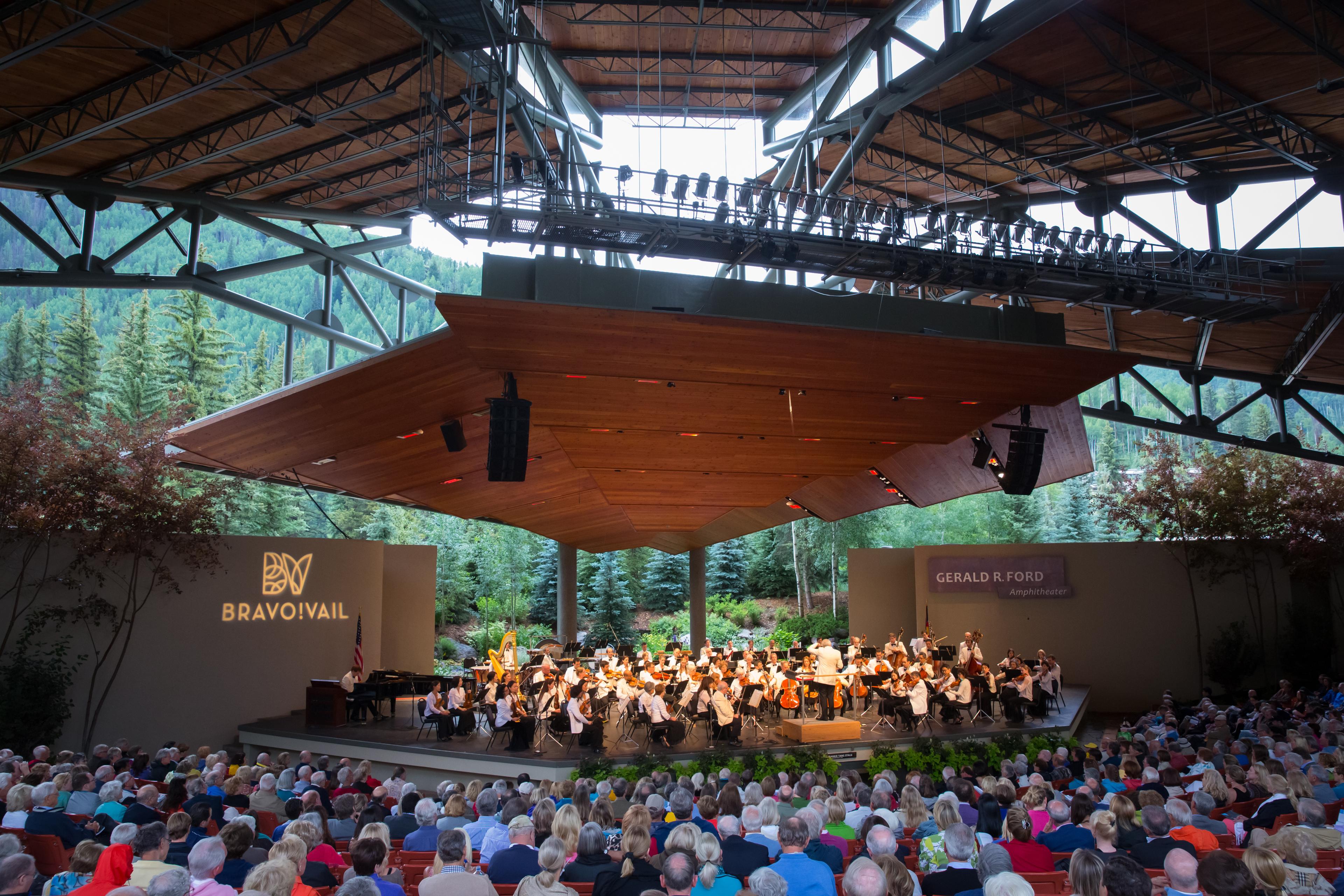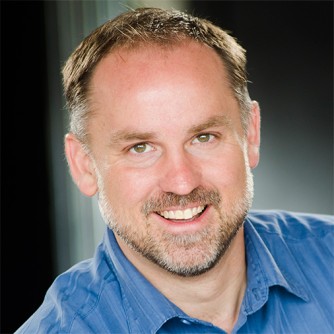
Beethoven’s Third Symphony marked the beginning of a musical revolution. It begins with two simple chords that completely surprised me last summer at the Bravo! Vail festival.
I was working backstage at the Ford Amphitheater as a producer. The New York Philharmonic was on stage getting ready to rehearse. And since I was backstage, I didn’t see music director Jaap van Zweden start the rehearsal.
But I heard it.
When the orchestra played the opening chords of Beethoven’s Eroica Symphony No. 3, I literally stopped dead in my tracks, and thought, “WHAT JUST HAPPENED?!”
I’d heard those chords many times before but never like that!
I got back to the office and told CPR Classical’s Music Director, Jeff Zumfelde, what happened. He laughed and said, “Well, I think that’s exactly what Beethoven was intending.”
The intention was to shock his audience.
Beethoven had dedicated his Symphony No. 3, completed in 1804, to Napoleon Bonaparte and “was looking to capture that spirit, that scope of personality,” Jeff said.
Soon after, Napoleon declared himself emperor of France. Beethoven was incensed. He believed Napoleon had become a tyrant. He changed the name of his third symphony originally entitled “Bonaparte” to “Sinfonia Eroica,” meaning Heroic Symphony.
It was the longest symphony up to that point – around 50 minutes.
Beethoven opened with two big chords, a departure from his first two symphonies which began with almost a minute of a musical wandering. Joseph Haydn and Wolfgang Amadeus Mozart often included slow introductions to their symphonies, too. This was the pre-phonograph era, so most people heard this music only once at a concert. The thought was composers needed to give you the material in digestible ways and then give it again.
“Not with the ‘Eroica.’ It just jumps right in and he sort of grabs you by the shirt and shakes you,” Jeff said. “Within the first few bars he's changing the tonality, he's throwing in notes that aren't in the key signature.”
“Eroica” was a turning point and Beethoven kept going. When he added a chorus in his Ninth Symphony, “Ode to Joy,” that was unheard of.
But why was I so startled by something I heard so many times?
Jeff thinks it’s because I was caught off guard. I didn’t see the conductor raise his baton, allowing me to “prepare.” It’s the same sort of ritual we do when we hit the play button. Jeff envies people who still have the ability to discover a musical work like Beethoven’s Third Symphony.
“And for people who do know the music well,” he said, “I think the trick can sometimes be finding a way to rediscover it every time you hear it.”
Like I did backstage at Bravo! Vail.
2020 marks 250 years since the birth of Ludwig Van Beethoven and CPR Classical celebrates!
On CPR Classical every weekend Oct. 9 - Dec. 13: Fridays at 12:30 p.m., Saturdays at 6 p.m. and Sundays at 4 p.m.








